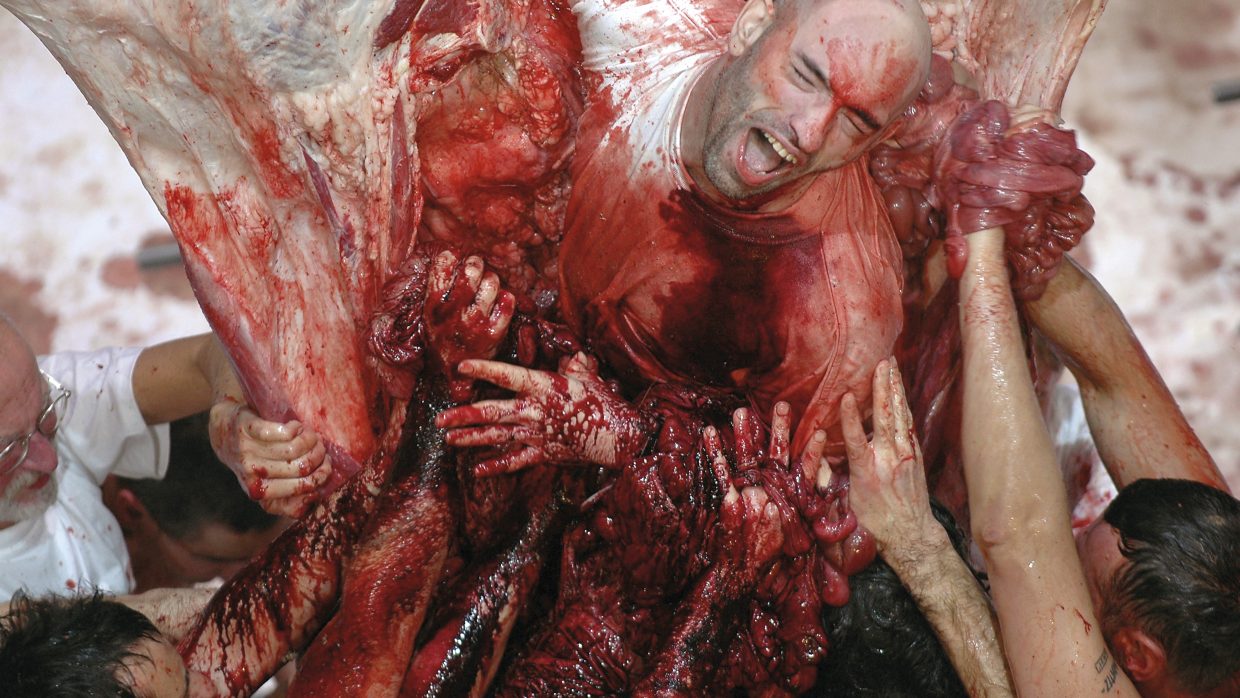Passion - Leidenschaft
The art of great emotions
Envy and anger, love and hate, desire and jealousy – strong feelings are as old as mankind itself. In western culture, the artistic exploration of these supposedly unbridled emotions goes back to antiquity. In a large international special exhibition in Münster, for the first time, around 150 works of art will be shown, covering a wide range from these beginnings to the present day. The show brings together paintings, sculptures, photographs and video installations by Leonardo da Vinci, Peter Paul Rubens, El Greco, Edvard Munch, Otto Dix, Käthe Kollwitz, Bill Viola, Cindy Sherman, Hermann Nitsch, Maria Lassnig and many more. The portrayal of heartbreaking, highly dramatic, deeply exhilarating and deeply shattering figures and scenes runs like a red thread through the entire history of art. Great emotions change the world, they influence our thinking and beliefs, they lead to war and resistance. In politics and society emotions are more topical than ever.
Passions cause people to lose their minds. But without a strong inner drive, Leonardo da Vinci would never have invented the parachute. Does passion obsess? Is it a power that drags the lover or the genius into the abyss? Great emotions change the world. From the beginning of mankind, emotions have caused wars to break out and discoveries to be made. Strong forces like love and hate rule the world. For the first time, an exhibition deals with the phenomenon of passions in art. Six large thematic blocks demonstrate how our passions are reflected in art: body language, great emotions from antiquity to the present day, the play of the genders, Christian faith and emotionality, the role of passions in politics and “Does suffering create art?”: the artists in a self-portrait.


